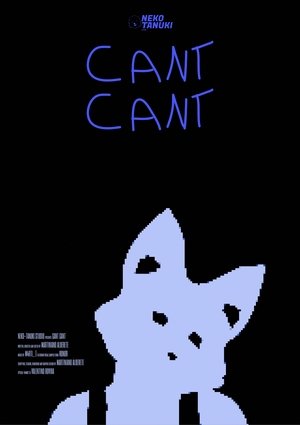
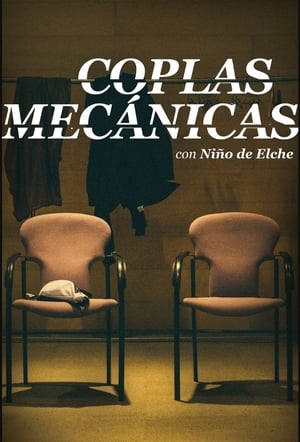
Coplas mecánicas(2018)
Niño de Elche leaves the curtain ajar in the moments before the premiere of his show Coplas Mecánicas, with Israel Galván at Sónar Festival 2018.
Movie: Coplas mecánicas
Top 2 Billed Cast
Self
Self

Coplas mecánicas
HomePage
Overview
Niño de Elche leaves the curtain ajar in the moments before the premiere of his show Coplas Mecánicas, with Israel Galván at Sónar Festival 2018.
Release Date
2018-05-10
Average
0
Rating:
0.0 startsTagline
Genres
Languages:
EspañolKeywords
Similar Movies
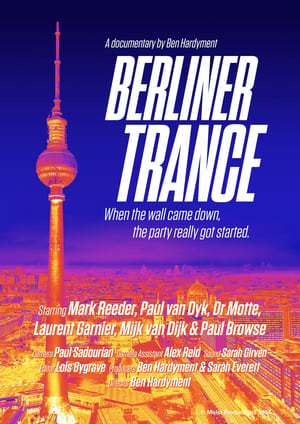 0.0
0.0Berliner Trance(en)
This lost classic, shot on 16mm in a wintry Berlin in 1993, explores the origins of the German trance scene. Featuring interviews with fresh-faced selectors including Laurent Garnier and MFS Records founder Mark Reeder, the documentary also feature footage from the city's iconic Love Parades in 1991 and 1993.
 0.0
0.0Elli(de)
Elli works as a techno DJ and loves electronic music. She has a daughter named Toni, who mostly grows up with her father. The 9-year-old girl is only with her on weekends. They have planned a mother-daughter weekend, but suddenly Elli is offered an important gig at an electronic music festival. Finally playing in front of a big audience again, feeling the ecstasy and intoxication of the night. Through the music she escapes the stagnation, the desolation, the role model of the conventional mother and the narrowness of the provincial town. Torn between maternal missing her and asserting herself in her life, Elli tries to be there for Toni and at the same time to live her dreams without restrictions.
 0.0
0.0REBIRTH(en)
After tragedy strikes a bustling London neighbourhood, disarray ensues, and our hero becomes lost to their pain. A cherub-like spectre soon appears, embodying the change the community desperately craves. All bear witness as winds of hope and unity take shape and the seeds are sown for their growth out of grief
 0.0
0.0The Chemical Generation(en)
This documentary covers the acid house, rave and club culture revolution in the UK and of course the chemical Methylenedioxymethamphetamine or ecstasy. This era inspired the film 24 Hour Party people and sheds light on the forgotten counter culture movement.
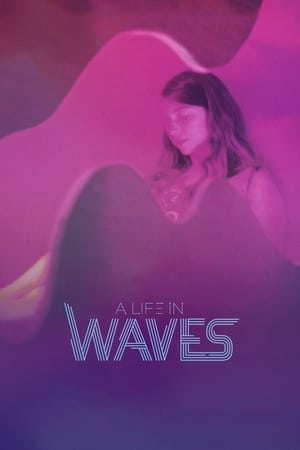 6.7
6.7A Life in Waves(en)
Explores the life and innovations of composer and electronic music pioneer Suzanne Ciani.
 6.3
6.3Revolution of Sound - Tangerine Dream(de)
‘Tangerine Dream is science fiction!’ declares band leader Edgar Froese who died in January, 2015 aged 70. For almost fifty years he and his band ‘Tangerine Dream’ explored sound and its effect on our emotions. This film about one of Germany’s first electronic bands kicks off with the young Berlin musicians who were as inspired by the space age of the 1960s, with its rocket launchings and visions of the future, as they were by their own heartbeat, on which Froese also based compositions. Aided by the Moog and other synthesisers Froese (and various band members) revolutionised popular music. His explorations took him into the worlds of classical, new and film music. He preferred to visualise moods rather than create clearly structured songs. A blend of amateur footage, interviews with band members, relatives, friends and colleagues such as Jean-Michel Jarre that creates a comprehensive portrait of an artistic pioneer.
 5.5
5.5The Shock of the Future(fr)
Paris, 1978. In a male-dominated music industry, Ana uses new electronic machines to make herself heard, thus creating a new sound that is destined to mark the decades to come: the music of the future.
 0.0
0.0Good Stock On The Dimension Floor: An Opera(en)
A collectively made filmic opera in 35 parts. The Black and predominantly queer art collective, an evolving line up of poets and artists from across the world, abstracts and reimagines opera in any traditional conception. Set to hip-hop, blues, noise, R&B and electronica, the piece uses the voice (chanting, singing, screaming; written by poet and activist Dawn Lundy Martin) as its primary tool, verbalising centuries of alienation, vulnerability and protest in the global African diaspora through its disruptive libretto.
 0.0
0.0Running Fields II(en)
Fifteen images of a camera running in a park and in obscurity searching the space of light through distorsion and the sensory of rapid motion.
Jungle Mania(en)
This work by indie filmmaker Ikon documents 20 Years of Jungle Mania, a rave held on 6 April 2013 at the Coronet Theatre in London. The event celebrated and commemorated 20 years of drum and bass music in London dance culture. In addition to coverage of the live performances and the crowd, the film features interviews with reknowned drum and bass DJs and producers who performed that night.
 5.2
5.2Carmencita(xx)
The first woman to appear in front of an Edison motion picture camera and possibly the first woman to appear in a motion picture within the United States. In the film, Carmencita is recorded going through a routine she had been performing at Koster & Bial's in New York since February 1890.
 8.0
8.0Dream of the Wild Horses(fr)
The horses in Denys Colomb Daunant’s dream poem are the white beasts of the marshlands of the Camargue in South West France. Daunant was haunted by these creatures. His obsession was first visualized when he wrote the autobiographical script for Albert Lamorisse’s award-winning 1953 film White Mane. In this short the beauty of the horses is captured with a variety of film techniques and by Jacques Lasry’s beautiful electronic score.
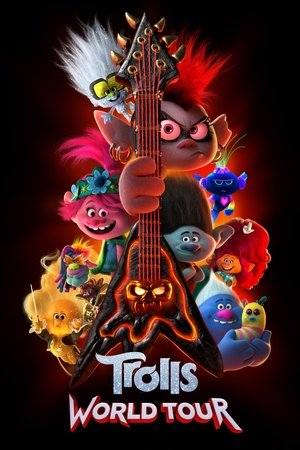 7.3
7.3Trolls World Tour(en)
Queen Poppy and Branch make a surprising discovery — there are other Troll worlds beyond their own, and their distinct differences create big clashes between these various tribes. When a mysterious threat puts all of the Trolls across the land in danger, Poppy, Branch, and their band of friends must embark on an epic quest to create harmony among the feuding Trolls to unite them against certain doom.
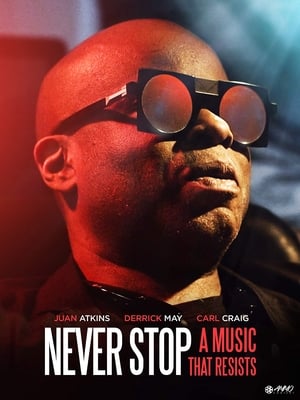 5.5
5.5Never Stop: A Music That Resists(en)
Featuring the pioneers of techno music Juan Atkins, Derrick May, Carl Craig, and Jeff Mills, Never Stop takes us into the fascinating universe of techno labels in Detroit. This film highlights the deep roots of the creation, more than thirty years ago, by each of the African-American pioneers of techno music, of their own record labels.
The House That Trax Built(en)
Directed by Nino Ramos, & Produced by Screamin' Rachael. "The House That Trax Built" takes a look into the History of Trax Records, the iconic label that is the original home of House Music.
 6.0
6.0Grid(pt)
A ritual of grids, reflections and chasms; a complete state of entropy; a space that devours itself; a vertigo that destroys the gravity of the Earth; a trap that captures us inside the voids of the screen of light: «That blank arena wherein converge at once the hundred spaces» (Hollis Frampton).
 0.0
0.0Kewaaj(bn)
The word kewaaj (কেওয়াজ) is colloquially used to explain chaos, noisiness or annoyance. "Kewaaj" is an audiovisual attempt to give you a glimpse into how the people of Dhaka function in one of the most unliveable cities, according to the Global Liveability Index. Dhaka is fast, dense, intense. Yet the people try to find their peace in it.
 0.0
0.0Clara Rockmore: The Greatest Theremin Virtuosa(en)
Quite simply the finest theremin player who has ever lived, Clara Rockmore began her performing life as a violin prodigy at the age of 5 years old, still the youngest person ever admitted to the prestigious Imperial Conservatory of Saint Petersburg where she studied under the great Leopold Auer. Due to childhood malnutrition causing bone problems in her teen years, she was forced to give up the violin and moved to New York City in the mid 1920's where she met and became involved with Russian electronics genius Leon Theremin and helped him to refine and perfect his new instrument, giving advice from the standpoint of a musical performer to make the theremin more playable and developing her own hand techniques and exercises for playing the instrument.

